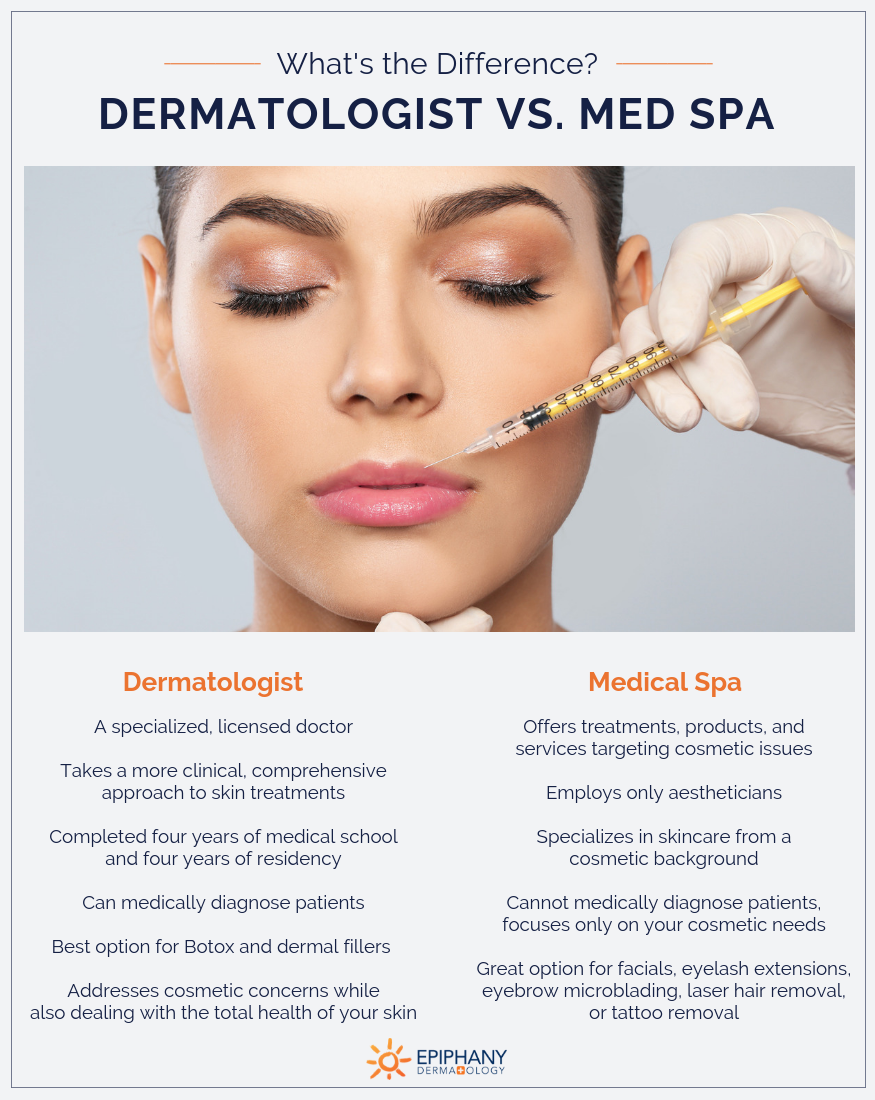Manage your hair loss issues with guidance from an experienced hair care specialist.
Manage your hair loss issues with guidance from an experienced hair care specialist.
Blog Article
Browsing Skin Cancer Cells Therapy: The Necessary Role of Mohs in Modern Dermatology Practices
Skin cancer cells, a daunting medical diagnosis, frequently leaves clients grappling with various treatment options. As we discover the details of this procedure, one will appreciate its critical function in skin cancer treatment.
Comprehending Skin Cancer Cells: Types and Risks
Skin cancer cells, a possibly serious ailment, is much more common than many individuals recognize. This illness, triggered by the unrestrained development of abnormal skin cells, mostly results from DNA damages because of exposure to the sunlight and ultraviolet (UV) light. There are three major kinds of skin cancer cells: Basal cell carcinoma, Squamous cell carcinoma, and Cancer malignancy. While the former 2 are less dangerous and comprise most of detected cases, melanoma is the most hazardous. It makes up just regarding 1% of skin cancer instances however causes the large bulk of skin cancer deaths - hair loss. Danger factors consist of fair skin, background of sunburn, too much sunlight direct exposure, living at high altitudes or near the equator, having lots of moles, a household background of skin cancer cells, and weakened immune system.
What Is Mohs Surgery and How It's Reinventing Skin Cancer Cells Treatment
In spite of the numerous treatments currently available for skin cancer, Mohs surgery stands out as a groundbreaking and extremely efficient remedy. Named after Frederic E. Mohs, the doctor that created the treatment, Mohs surgical treatment is a specific surgical technique utilized to treat skin cancer cells. This level of accuracy, incorporated with the ability to save as much healthy and balanced cells as possible, is revolutionizing skin cancer cells therapy.
The Benefits of Mohs Surgical Treatment Over Conventional Skin Cancer Treatments
Building on the innovative nature of Mohs surgical procedure, it's imperative to consider its numerous benefits over conventional skin cancer cells treatments. Unlike common treatments, Mohs uses a greater treatment rate, typically getting to 99% for new treatments and 94% for recurrent cancers. In addition, it reduces damage to healthy and balanced skin, leading to much less scarring and enhanced aesthetic outcomes.
The Procedure of Mohs Surgical Procedure: What to Expect Throughout the Process

Potential Adverse Effects and Post-Operative Treatment of Mohs Surgical Treatment
Undertaking Mohs surgical treatment, like any other procedure, involves possible adverse effects that clients need to be aware of. Usual negative effects consist of pain, wounding, and swelling at the surgical treatment site. Nevertheless, these are typically temporary and workable with over-the-counter pain medication and ice packs. In rare situations, people might experience infection, blood loss, or an allergy to the neighborhood anesthetic. Post-operative care is critical to recovery and decreasing side impacts. This usually entails maintaining the wound tidy and dry, taking proposed medications, and avoiding difficult tasks. Clients need to likewise content attend all follow-up consultations for wound treatment and monitoring. In many cases, additional therapies may be required to make sure total removal of the cancerous cells. Sticking to these post-operative care standards can significantly improve healing and outcomes.
Verdict

Report this page